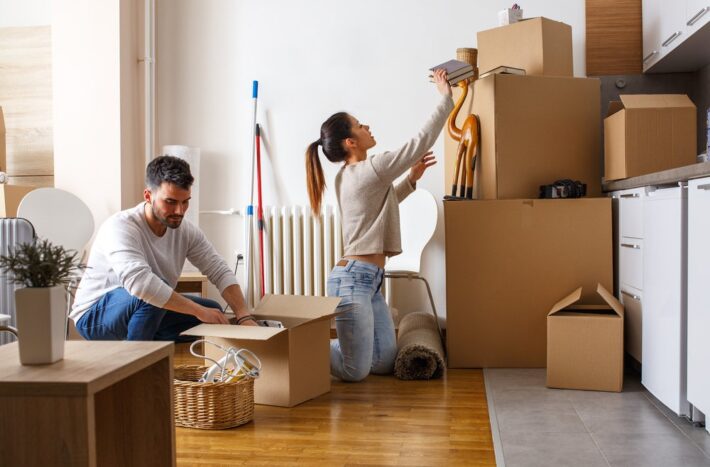Long Distance Moving for Plants
Los Angeles is one of the most diverse cities in the world. It attracts people from all over the world and people from all walks of life. It has a vibrant multiculturalism that brings beautiful people into its borders. In addition, Los Angeles is a city with plenty of natural beauty. There are many native plants that are found in this region.
The wonderful thing about having such beauty in nature around you is the inspiration you take from it to decorate your home. As a consequence, most of us have eccentric and beautiful live plants in our homes. This raises one question: how the heck will you get them moved across the country? Live plants can be a beautiful addition to your home or office environment. They also bring an element of life and warmth to the room. There are many ways you can ship live plants, but here are some tips that hopefully will help.
Shipping live plants is complicated and fraught with risk, but generally, the process is divided into three steps: preparation, transportation, and handling.
Methods for Shipping Plants
The first step is to prepare the plants for shipping. This involves removing any foliage that may be compromised and packing it in a container suitable for its needs. Plants should be watered before they are packed, but this should be done carefully so as not to damage the foliage or container. You need to decide how you intend on transporting your plants before you ship them out. This can either happen through land freight or air freight, with each having its own set of pros and cons. The final step of shipping live plants involves handling them upon receipt at their destination point. When these arrive at their destination point, they must be unpacked quickly and placed into a suitable container. It’s important to verify that they have enough packaging material such as soil and moss to cushion the plant from potential hazards during shipping. If there is not enough padding material, you can add sod or shredded paper depending on what type of plant it is. You also need to make sure that there is enough space for transportation inside of the container so that it does not fall over or get smashed by other packages during transit. Finally, these different types of cushioning materials need to be packed tightly in order to protect the contents from damage and reduce the weight of freight. Some cushioning materials can also be used for other purposes, such as covering boxes, providing insulation, padding for furniture, and protecting walls.
Shipping live plants is a delicate process. You need to make sure that the plant is healthy and ready for the journey. Here are some steps you should follow when shipping live plants:
- Make sure that the plant is healthy and has a good root system.
- Wrap the pot in paper or newspaper to keep it from drying out during transit.
- Place the pot in a box with shredded paper, packing peanuts, or crumpled newspaper to cushion it during transit.
- Fill any gaps in the box with packing peanuts, bubble wrap, or crumpled newspaper to prevent movement of soil and roots during transit.
- Seal the box with tape and label it as fragile.
Logistics



